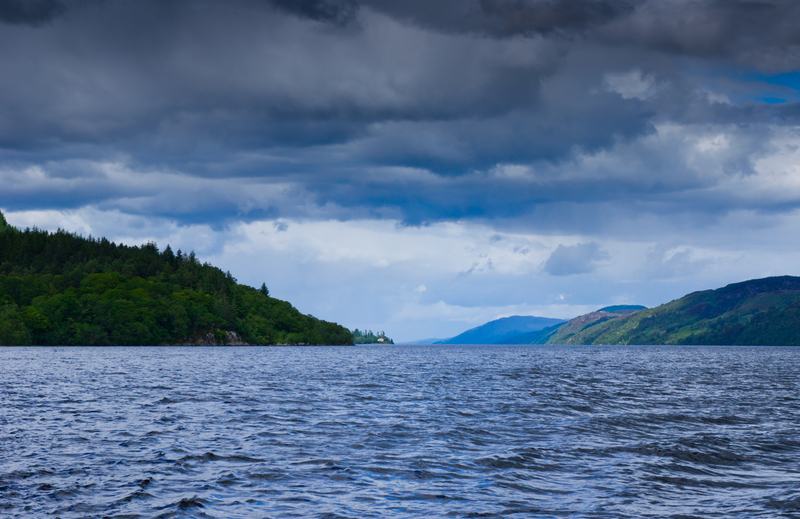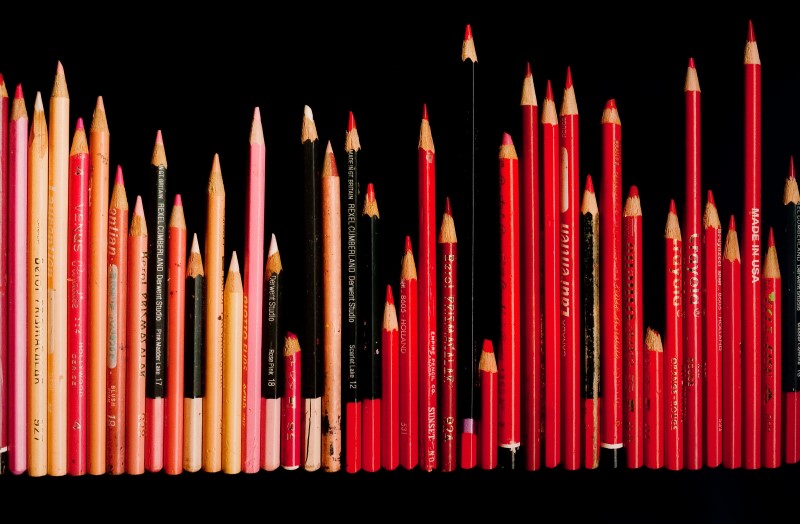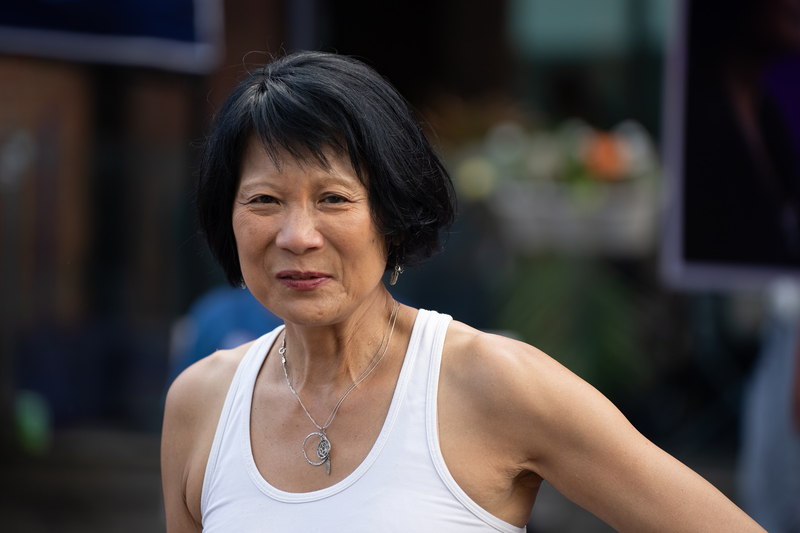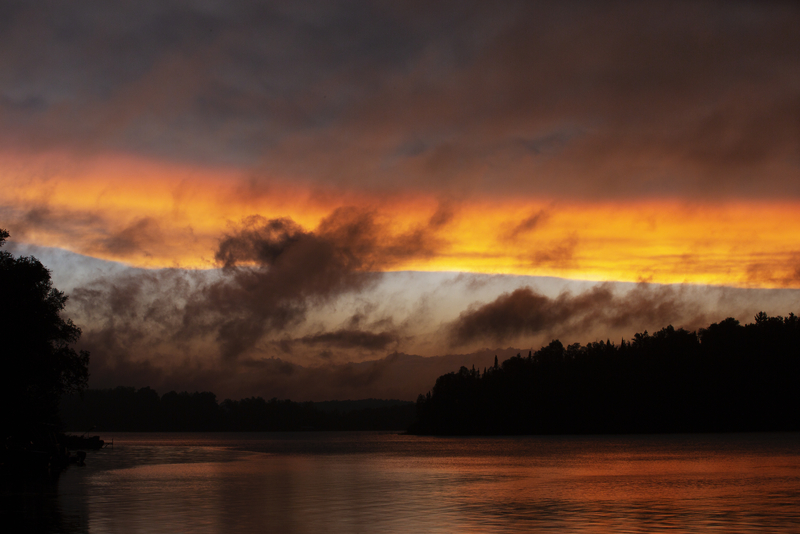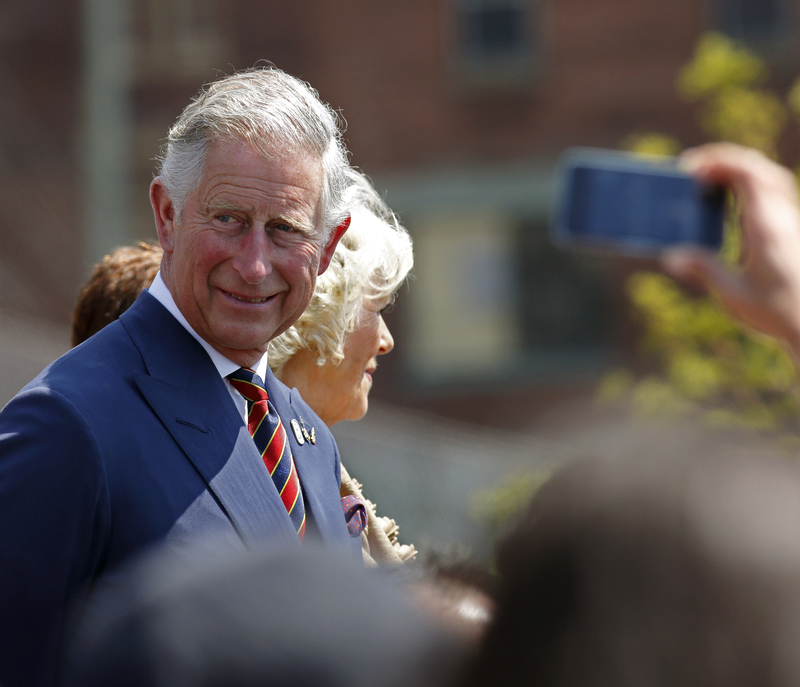A 7.8-magnitude earthquake hit New Zealand early Monday at around midnight local time. (An earthquake's magnitude, or strength, is measured on the Richter scale—7.0 to 7.9 quakes are considered "major".) It was one of the most powerful quakes recorded in the country. The epicentre, or exact point where the quake began, was near the town of Kaikoura. Christchurch and Wellington, two of the country's largest cities, were also affected by the quake.
The event came as an unwanted and frightening surprise to many New Zealanders, as nearly all of them were in bed at the time. However, this may have also saved many lives—experts say that people are safer at home during a quake than when outside. According to reports, the quake lasted nearly two minutes, which is a significantly long time. Inside people's homes, items were thrown off of shelves and doors were flung open. Aftershocks, smaller tremors that continue once the main quake is complete, were felt all night.
No tsunami, but lots of damage
This picture shows how a road, trees, and railway were damaged by the quake. (Getty Embed)
One of the biggest concerns after the quake finished was that there would be a tsunami. A tsunami is a tall, powerful wave that is often triggered by the way that an earthquake changes the ocean floor and unsettles the water above. Residents were relieved that no wave occurred (these waves can sometimes be more dangerous than the quake itself). However, a great amount of damage was done to buildings and roads across the country. Massive landslides happened as well, stranding whole towns and livestock. Towns close to the epicentre have also lost power, water, and telecommunication, such as phones and internet.
New Zealand Prime Minister John Key (on the right) flew over damaged areas in a helicopter to help plan rescue operations. (Getty Embed)
Despite what New Zealand Prime Minister John Key called "utter devastation" in Kaikoura, the country is grateful that only two deaths have been reported. (Back in 2011, an earthquake that directly hit Christchurch killed 185 people—that city is still repairing damage from that event.) Residents quickly came together in public squares to offer assistance and comfort to each other. Rescue efforts are already underway to reach people by helicopters whose towns have been cutoff by landslides.
Ring of Fire
Dust rises after a large landslide created a dam that blocked the Clarence River. The banks of the river have flooded because of this dam. (Getty Embed)
New Zealand is no stranger to earthquakes. It also experienced a similarly strong quake in 2009 (although that one was centred around a remote area with few people living there). The country is found on the Pacific Ring of Fire. This is a grouping of places around the edges of the Pacific Ocean. It includes New Zealand, Japan, the coasts of British Columbia and the western United States, and western Mexico. Areas in the Ring of Fire experience more earthquakes, tsunamis, and volcanic eruptions than most other places on Earth.
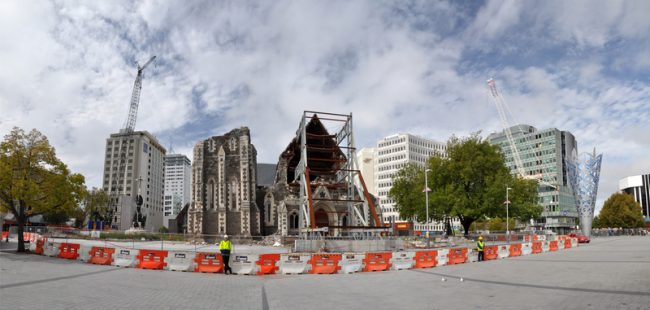 New Zealand just experienced its most powerful earthquake since the one that hit the city of Christchurch in 2011. Authorities are still assessing the damage and rescue efforts are underway. (© Nigel Spiers | Dreamstime.com)
New Zealand just experienced its most powerful earthquake since the one that hit the city of Christchurch in 2011. Authorities are still assessing the damage and rescue efforts are underway. (© Nigel Spiers | Dreamstime.com)



